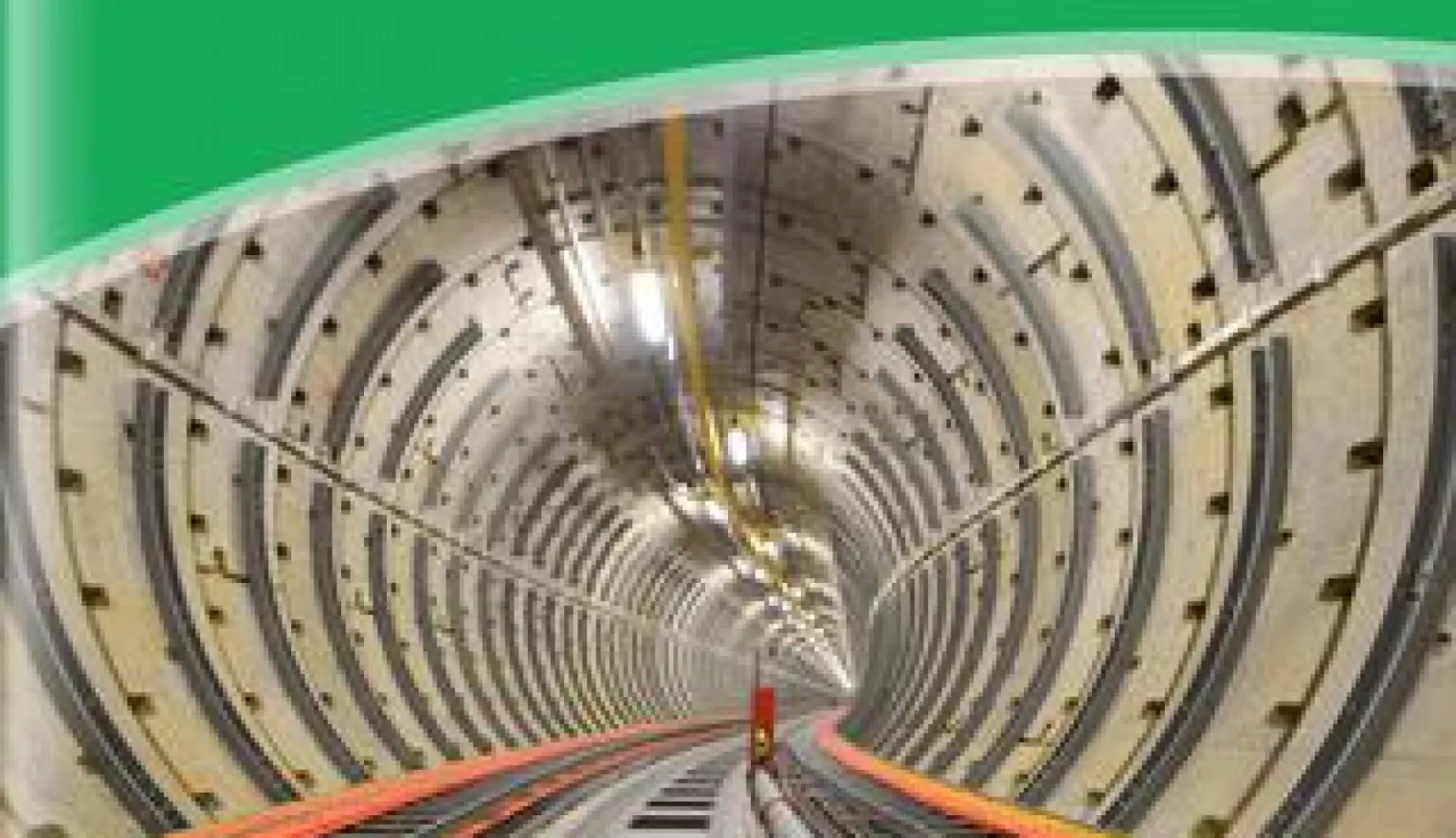Nishimatsu Construction Singapore has been supporting vital infrastructure projects for almost four decades, the latest being the second phase of an enormous underground sewerage system.
SINGAPORE’S CONSTRUCTION CUSTODIAN
Singapore is synonymous with state-of-the-art. A story of rapid post-independence development into one of the wealthiest nations in the world, the city state is consistently recognised for its enviable infrastructure.
Last year consulting firm Mercer named Singapore as the best in the world when it comes to infrastructure, a vital consideration for multinationals which continue to arrive in their droves. From immaculate and surprisingly affordable metros and buses to a massive container port, the city is an ideal home for organisations to base their regional operations.
These foundations have been built up over decades of meticulous planning and investment, and Japan’s Nishimatsu Construction Co., Ltd. has been an ever-present since it arrived in Singapore in 1980.
Drawing on its 145-year heritage in its home country, the firm has played a leading role in building key infrastructure throughout Singapore, most notably in rail transport. Indeed, when speaking to Asia Outlook in April 2016, Nishimatsu, together with its joint venture partner Bachy Soletanche, was in full swing working on the Thomson-East Coast Line.
Considerable progress has been made on this project and new contracts have been landed since, as Assistant General Manager of Nishimatsu Singapore Lim Wee Beng explains: “It has been very busy for Nishimatsu in the past two years. On the operation front, we completed our SPPA cable tunnel EW3 project in 2017.
“Similarly, we achieved major milestones for our LTA Gardens by the Bay Station and Tunnel T228 project, where we completed all bored tunnelling works in December 2017 and achieved basic structure completion for the bored tunnels in July 2018.
“Currently, we are working towards achieving basic structure completion for the station and entrances, all achieved on time.”
Nishimatsu is currently tendering for upcoming projects in Singapore. Lim also points to two new contracts awarded to the Company last year, the first for the construction of Keppel Station and tunnels for Circle Line 6, in joint venture with China State Construction.
WATERTIGHT WORK
The second contract awarded is for the design and build of Contract T-10 for the Deep Tunnel Sewerage System Phase 2.
Singapore’s Deep Tunnel Sewerage System (DTSS) is a project initiated by the country’s Public Utilities Board (PUB), designed to serve long-term water treatment needs. An island-wide scheme, work on Phase 1, in Eastern Singapore, began back in 2000 and completed in 2008.
“To complete this island-wide project, in 2017 PUB started the Phase 2 project, which will extend these tunnels to the western and southern parts of Singapore,” explains Keng Ben Hoe, Nishimatsu Deputy Director.
The first phase of DTSS involved more than 300 local and international contractors, subcontractors and suppliers, with Phase 2 also bringing together a host of leading names in the construction industry alongside Nishimatsu.
Once completed, the fully-functioning DTSS will deliver a host of benefits, including a 50 percent reduction in land used to treat water and an increase in overall water recycling rate from 30 percent to 55 percent of total water demand.
It is also Singapore’s first initiative to integrate used water and solid waste treatment processes, a move which will lead to significant energy and resource savings.
Nishimatsu’s involvement specifically centres around DTSS Phase 2’s T-10 project. This entails the construction of an eight-kilometre tunnel connecting Phase 2 to Phase 1, and all 14 associated shafts ranging from 20 to 65 metres in depth.
“To achieve this, Nishimatsu will deploy its highly experienced team on the project,” says Keng, who is also Project Manager for T-10. “The same team has successfully completed many similar developments overseas and locally, the latest being Singapore Power’s cable tunnel project.”
ON TREND
As well as completing landmark projects such as DTSS, Nishimatsu Construction is enhancing its own internal operations in a bid to boost productivity.
Keng explains: “We have proposed several productivity improving measures. In addition, one proposal which we are planning to implement is TIMS (tunnel integrated management system) on future projects.
“The system will potentially improve productivity of tunnelling works and keep systematic records of all tunnelling activities and data. In future, these data will form a database from which Nishimatsu can study and build on, to offer better tender proposals.”
Adoption of technology to enhance productivity is a trend reverberating across Singapore and the wider region’s construction industry.
“In Singapore, the government has been implementing various initiatives to push for improved productivity,” Lim adds. “Areas such as improving the skill levels of the workers, and embracing technology to improve, or replace, manpower resources are constantly being reviewed.”
Lim says that this provides an opportunity to bring in the Company’s sound practises from Japan, where it has introduced many new construction technologies to Singapore such as the soil pump and directional grouting.
With a solid project pipeline in place for the rest of the year and beyond, Nishimatsu is well-set to remain an infrastructure partner of choice for Singapore’s governing authorities for decades to come.
“In addition to our new contract awarded last year, we are also constantly looking out for and are in touch with industry partners to explore opportunities in new partnerships. If we see synergy in a partnership, we will look to make it happen,” Lim concludes.





















